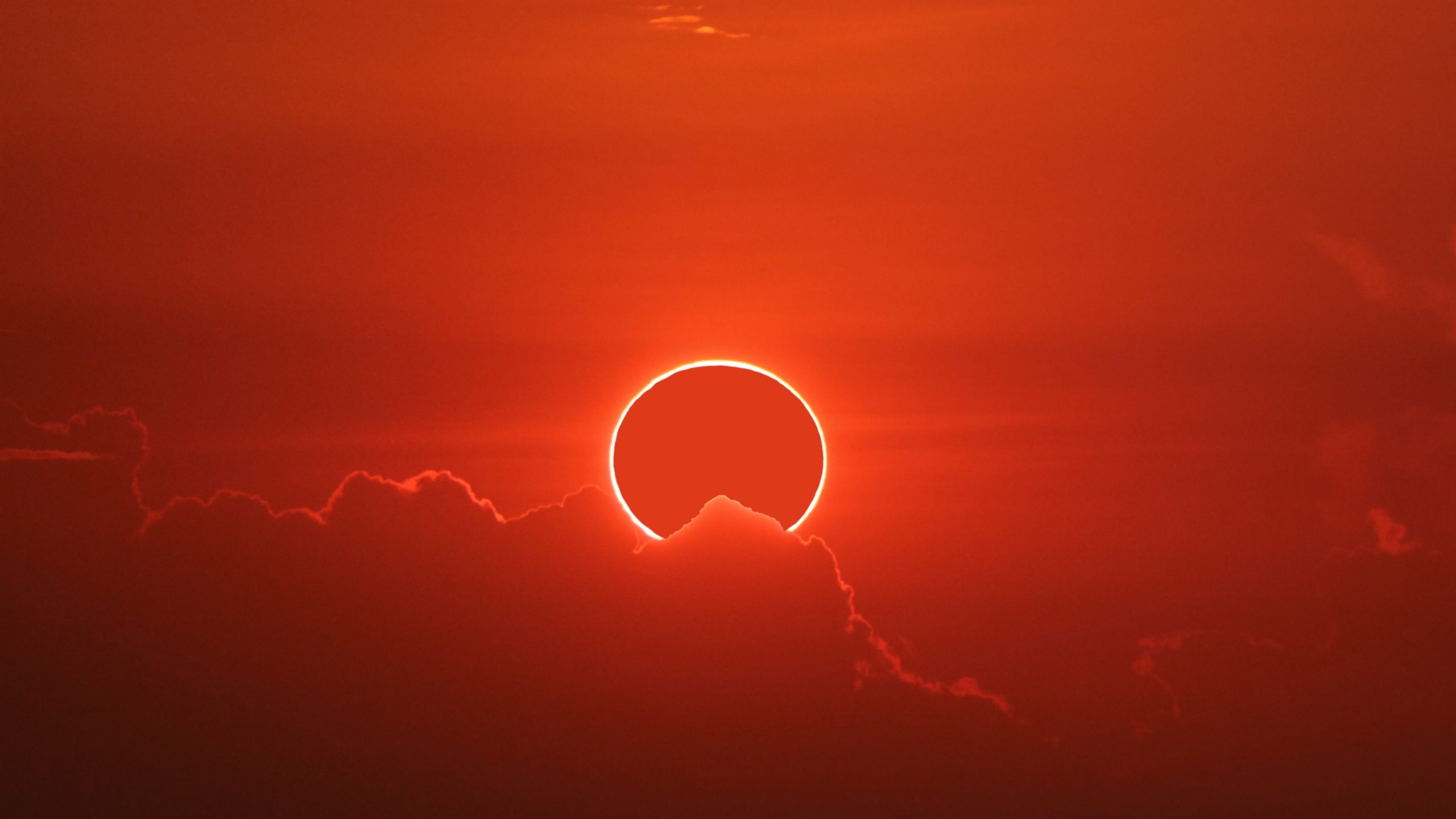Annular Solar Eclipse 2023: A Ring of Fire in the Sky
10th Oct 2023
With less than one week to go, the countdown to the annular solar eclipse is thoroughly underway. Once enigmatic and fear-inducing, eclipses are now predictable celestial events calculated for centuries into the future. Yet, they offer one of nature’s most mesmerizing spectacles and their allure remains undiminished. On 14th October 2023, for a brief 4-5 minutes, the Moon’s shadow will traverse the western hemisphere, treating millions in parts of North, Central, and South America to the stunning “ring of fire” effect. Meanwhile, a partial solar eclipse will unfold across the entire American continent. The annular solar eclipse of 2023 is set to charm!
But what is an annular eclipse? How is it different from a partial or total solar eclipse? And where can you see the ring of fire? This guide to the 2023 annular eclipse will provide you with all the necessary information about the impending event.
When Is the Annular Solar Eclipse?
The upcoming solar eclipse is slated for 14th October 2023. It’s classified as an annular eclipse, often called the “Great American Eclipse” due to the striking ring of fire it will showcase across eight U.S. states, Mexico, and South America. Meanwhile, the entire United States will witness a partial eclipse.
The timing of the eclipse varies by time zone as it traverses the American continent. Using Coordinated Universal Time (UTC), the spectacle will commence around 4:15 p.m. on the U.S. West Coast, shifting to 5:44 p.m. on the East Coast. The eclipse’s journey will begin over the Pacific Ocean, land in Reedsport, Oregon, and conclude at Port Aransas, Texas, just before 5:00 pm UTC.
Will It Be Visible in the UK?
Unfortunately, this annular solar eclipse will not be visible from the United Kingdom. The path of the eclipse is primarily over the Americas, with viewers in the USA, followed by parts of Mexico, Central America, Colombia, and Brazil being able to witness the event.
Why Does a Solar Eclipse Only Happen During a New Moon?
Solar eclipses exclusively occur during a new Moon phase, when the Moon is positioned between the Earth and the Sun. This alignment allows the Moon to block sunlight, resulting in a solar eclipse. However, not every new Moon results in an eclipse due to slight variations in the Moon’s orbital plane.
Why don’t solar eclipses last as long as lunar eclipses?
Solar eclipses are shorter than lunar eclipses due to differences in the Earth’s and Moon’s sizes, and the shadows they cast. Lunar eclipses, with the Earth casting a shadow on the Moon, can endure for an hour or more, while solar eclipses, where the Moon casts a shadow on Earth, offer shorter periods of totality.
How to View the Annular Solar Eclipse 2023?
For those not in the eclipse’s path, NASA will broadcast the event on their YouTube channel, starting at 4:30 p.m. on October 14, 2023. If you’re lucky enough to witness the eclipse, wear proper eye protection, such as eclipse glasses or handheld solar viewers compliant with ISO 12312-2 standards. Never gaze at the Sun directly or through optical devices like cameras or telescopes. An alternative is using a pinhole projector to view the eclipse indirectly, projecting the Sun’s image onto a surface.
Why NASA Is Launching Three Rockets During the “Ring of Fire” Solar Eclipse?
Three rockets are to be launched by NASA into the moon’s shadow during the annular solar eclipse next Saturday. The eclipse will cause a significant drop in sunlight, with about 90% of the sun being blocked by the moon at the peak of the event. This event is of particular interest as it will allow for the study of the effects on Earth’s upper atmosphere. The rockets, launching from White Sands Missile Range in New Mexico, aim to capture simultaneous measurements from different locations in a unique layer of Earth’s atmosphere during the solar eclipse.
The primary goal is observing Earth’s atmosphere changes during the eclipse. Each rocket will launch at different times: before, during, and after the peak of the eclipse to gather data on Earth’s atmosphere, electron density, and temperature. The rockets will ascend approximately 50 miles into the ionosphere, where they will study the effects of the rapid disappearance of sunlight on the ions and electrons in the atmosphere. This unique opportunity only occurs once every 400 years, making the upcoming mission historic.






Thank you for your comment! It will be visible on the site after moderation.